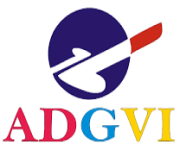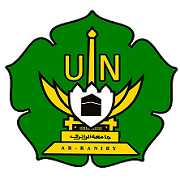Design of Expert System for Early Identification for Suspect Bullying On Vocational Students by Using Dempster Shafer Theory
Abstract
Bullying is negatif agresif character to cover and hurt someone physically or physicology continoustly to act hard to other people who is lower than him. Some parents ignore this problem because of unknowing about the result of this problem that give negative effect to their children and other people. This system will identificate early the begining bullying character for teenager by knowing the kinds of the bullying character base on rate of presentation of higest quartel who has bullying character. This system designed by using Dempster-hafer teory to know the begining of bullying character by using basic knowledge and forward chaining technic to know more about basic knowledge. Counting of this metodh by combining some symptoms that happen on children by calculating the possibillity disturbing by rating the symptoms from 0 to 1. Implementation of this system use PHP program and My SQL database. The black box trial on the consultation modul is done by using 12 instruments of tria and found error value 0,88 % on the system and result of the trial expert system have suitable accuration 84 % , so we can conclude that this expert system for early identification for suspect bullying on teenager good for use.
Keywords
Full Text:
PDFDOI: http://dx.doi.org/10.22373/crc.v3i1.4691
Refbacks
- There are currently no refbacks.
Copyright (c) 2019 CIRCUIT: Jurnal Ilmiah Pendidikan Teknik Elektro
Circuit: Jurnal Ilmiah Pendidikan Teknik Elektro
P-ISSN 2549-3698
E-ISSN 2549-3701
Published by Electrical and Engineering Education Department, Education and Teacher Training Faculty, Universitas Islam Negeri Ar-Raniry Banda Aceh, Indonesia
Email: jurnal.circuit@ar-raniry.ac.id

Creative Commons License
Circuit: Jurnal Ilmiah Pendidikan Teknik Elektro is licensed under a Creative Commons Attribution-ShareAlike 4.0 International License.
























